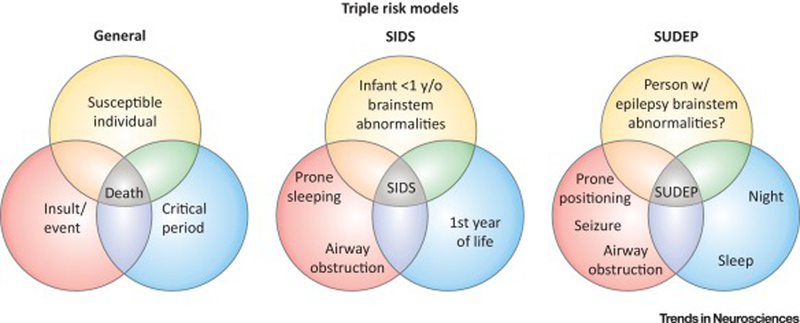Figure 1. Triple risk models for SIDS and SUDEP.

In a general triple risk model for death (left), risk of death is increased when a susceptible individual (yellow) is subjected to an insult or event (red) during a critical period (blue). Applying such a model to SIDS (middle), the risk of dying from SIDS is increased when an infant during the first year of life with specific brainstem abnormalities (especially in the 5-HT system) sleeps prone or otherwise has its airway obstructed during sleep. To apply the model to SUDEP (right), there is an increased risk of dying from SUDEP when a person with epilepsy (especially refractory epilepsy with generalized tonic-clonic seizures) and perhaps brainstem abnormalities has a generalized tonic-clonic seizure during the night and/or during sleep. SUDEP victims are additionally often found prone with evidence of airway obstructions. There are of course nuances to application of these models as alluded to in the text, and details are still emerging for the SUDEP model.
